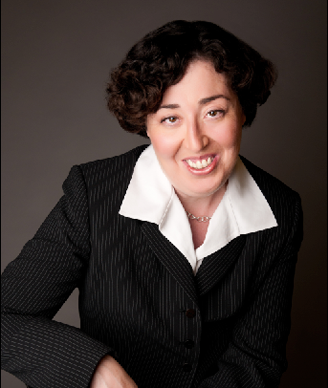Why Some Cancer Patients Hate Change
Recently, my treatment center changed the contrast agent patients are asked to drink prior to having a CT. They look and taste the same. So why has the switch bothered me so much?
Katherine O'Brien

Recently, my treatment center changed the contrast agent patients are asked to drink prior to having a CT. For years, whenever I had a CT, I drank a barium sulfate suspension that came in a bottle that was about the same size as a can of beans. The night before the test, as instructed, I mixed the contrast with water and drank half of it then, and the remaining half the next morning.
Now I am issued two containers of contrast, each about the same size as a can of Pringles. The contrast is premixed-I drink one 2 hours before the test and one 45 minutes before the test.
Some might describe the two forms of contrast agent as “six of one, half a dozen of the other.” They look and taste the same-“like ass,” according to a fellow patient. So why has the switch bothered me so much?
Superstition might be a factor-just as an athlete wears a lucky shirt during a hot streak, I didn’t want to change anything. But I’ve realized the larger issue is the break in my routine. When I had to mix the contrast myself, I used the same plastic Farmville Big Gulp cup every time-it was the perfect size. Even though it was only the choice of cup, it gave me some small measure of control.
When you have metastatic breast cancer, scans are never far from your mind. You are worrying about upcoming scans or reeling from bad results or rejoicing in good ones. It’s an endless cycle of scan, treat, repeat.
These nuclear medicine tests are the tea leaves our oncologists use to divine our fates. Can I stay on my current mild treatment? Is my disease still quiet or has it erupted like kudzu vines, coiling itself around my bones, liver, lungs, or brain? How many lines of treatment do I have left? How long will each work?
My oncologist refers to this as “restaging.” That is an innocuous term-as though some beloved old musical is being dusted off for a Broadway revival: “Annie Get Your PET, CT, and Bone Scan.”
But the reality translates to a series of three tests generally spread across 2 or 3 days, and then nervously waiting for the results. Why hasn’t my oncologist called? Maybe everything is fine. But maybe things looked really bad-maybe my oncologist had to convene an emergency tumor board meeting … maybe she’s paging the chaplain or a social worker right now so they can help her communicate some awful news.
When I was diagnosed with metastatic breast cancer 5 years ago, I had scans every 3 months. My disease has been fairly stable so I am now on a 6-month scan schedule. It doesn’t get easier.
“I live in a constant state of hopeful dread,” said the late Susan Davis, a patient advocate. “I am hopeful I will be stable. I dread that my next test will show I am not.”
I miss my Farmville cup.